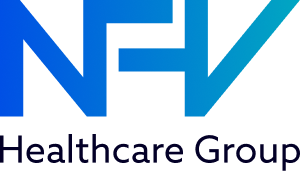The constant evolution of technology has revolutionized various industries, and the healthcare sector is no exception. Healthcare organizations need revenue cycle management (RCM) to stay competitive by being efficient, accurate, and cost-effective in providing healthcare services.
Revenue cycle technology is vital in streamlining processes and optimizing revenue collection for healthcare providers. However, healthcare organizations struggle to choose the right tech trend for their needs due to the constant influx of options. This article will discuss the importance of evaluating new technology before implementing it in your revenue cycle management.
The Impact of Technology on Streamlining Revenue Cycles

Revenue cycle technology has significantly improved the healthcare industry by automating processes, reducing errors, and improving overall efficiency. It allows healthcare organizations to manage patient data more effectively, track claims, and streamline billing processes. Integrating electronic health records (EHRs), artificial intelligence (AI), and other technologies into RCM has accelerated tasks from days to minutes.
Moreover, revenue cycle technology also enables organizations to analyze data and identify patterns that can help improve revenue collection. This not only leads to increased revenue but also improves the overall financial health of the organization. With these benefits, it’s no wonder healthcare providers are increasingly adopting new technology for revenue cycle management.
Potential Benefits of New Technology

When considering new RCM solutions, healthcare providers should carefully evaluate the potential benefits they offer:
Improved Accuracy and Reduced Errors
One of the primary benefits of adopting emerging technology in revenue cycle management is the significant improvement in accuracy. Automated processes reduce human error, ensuring precise and compliant billing information, coding, claim denials, and submissions in line with industry regulations.
Enhanced Efficiency and Speed
Advanced technologies facilitate payments and claims processing, reducing the time it takes to navigate the revenue cycle. Streamlined workflows result in quicker reimbursements and improved cash flow, allowing organizations to allocate resources more effectively.
Increased Revenue and Financial Stability
Implementing advanced analytics tools provides valuable insights into financial performance and identifies areas for improvement. By optimizing revenue cycle processes, healthcare providers can maximize reimbursements, minimize denials, and enhance overall financial stability.
Regulatory Compliance
Staying abreast of ever-evolving healthcare regulations is a challenging task. New technologies have features that help healthcare providers adhere to compliance standards. This mitigates the risk of penalties and instills confidence in patients and stakeholders.
Patient Satisfaction
Efficient revenue cycle management positively impacts the patient experience. Quick and accurate billing processes contribute to transparent financial transactions, reducing patient confusion and dissatisfaction. A satisfied patient is likelier to remain loyal and recommend the healthcare provider to others.
Selecting the Ideal Revenue Cycle Technology

Healthcare providers must assess their needs and goals before adopting new revenue cycle technology solutions. Here are some factors to consider:
1. Identify Your Needs
Before diving into the market, healthcare organizations must identify their specific needs and challenges. This will help narrow the options and determine which trending technology solutions best address those needs.
2. Budget and Scalability
New technology can be costly, and healthcare providers must consider their budget before investing in a revenue cycle solution. It is essential to choose a system that not only meets current needs but also has the potential to scale with the organization’s growth.
3. Integration and Interoperability
The selected technology should seamlessly integrate with existing systems and communicate with other healthcare providers. Interoperability ensures that patient data can be securely shared without disrupting processes.
4. User-Friendly Interface
A user-friendly interface is crucial for staff members’ smooth adoption of new technology. The system should be intuitive, require minimal training, and have adequate customer support resources.
5. Employee Training
The implementation of new technology may require additional training for staff members. It is essential to consider the availability and effectiveness of training resources provided by the technology solution provider.
6. Vendor Support and Reputation
Before committing to a revenue cycle technology, organizations should research the vendor’s reputation and the support they offer. A reliable and reputable vendor will provide ongoing support for any issues.

Empowering Your Revenue Cycle for Success
Embracing the right technology can revolutionize your revenue cycle, driving financial stability and operational excellence. You can unlock technology’s full potential and thrive by evaluating your needs, choosing the right solution, and prioritizing user adoption.
NFV Healthcare Group provides comprehensive Revenue Cycle Support (RCS) solutions to healthcare providers, optimizing financial performance. Our team is experienced in facility systems and dedicated to providing personalized support for your needs. By trusting us with your revenue cycle support, rest assured that your financial operations are in capable hands. This will enable you to maintain profitability and deliver quality patient care.
Contact NFV Healthcare Group today to learn how our RCS solutions can empower your revenue cycle. Propel your healthcare organization toward success.

